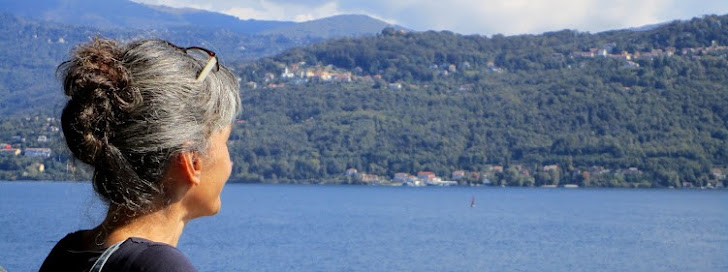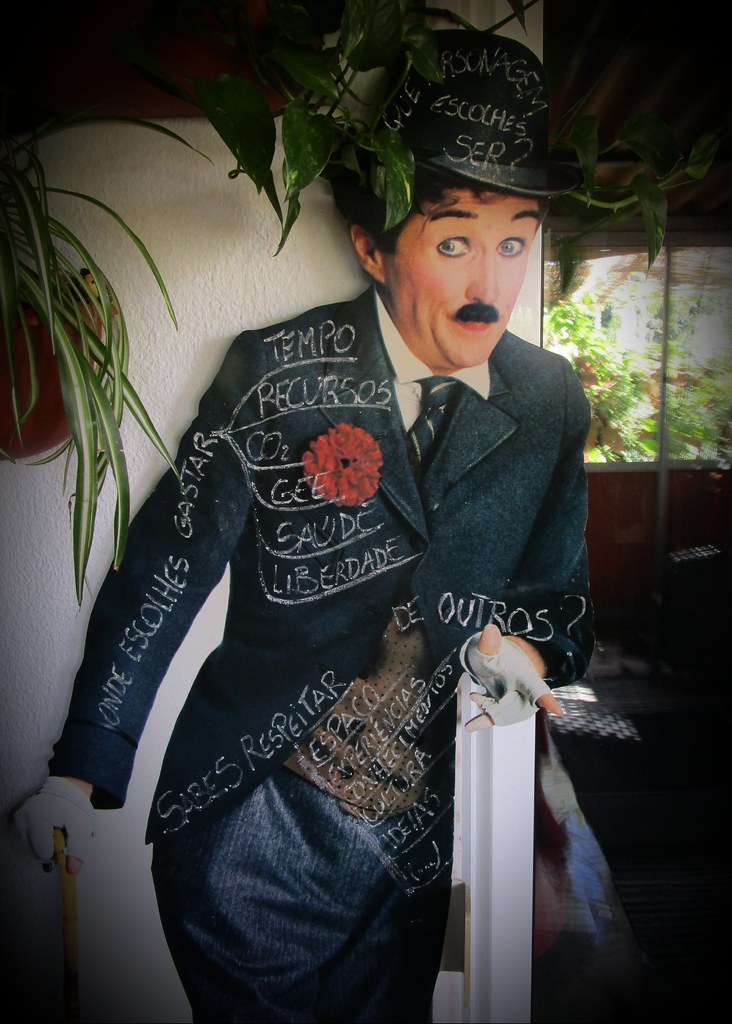The plants used in my tapestries come from my little garden, are gathered during my walks, or collected during visits to friends and family homes. Some are used right after collection in order to maintain enough elasticity to be worked out. Others are used dried because they offer great flexibility or because they gain other affordances with time.
Seasonality plays a special role in my tapestries. Not only because plants availability vary according to each month, but also because I like to use daylight when I make them. Each tapestry has the plants of the season and corresponding availability, embedded. If you observe attentively you can guess the seasons they crossed until closure.
I like to think in sustainability like a verb. The process of discovering ways of make things with what is available. Weaving them into being otherness. Like plants that are considered «invasive». I find it a lack of imagination. A strange classification for bio materials that can thrive in desolate places. Surviving by themselves, without any kind of input or demand on our part, and with their qualities can be transformed in so many beautiful or useful things.
Weaving the tapestries is a way of giving body (and soul) to my
living framework of
doing what I know, the best I can, with what I have, wherever I am.
Photo by Monica Pinheiro, free to use if you respect the license CC BY-NC-SA (CC).





